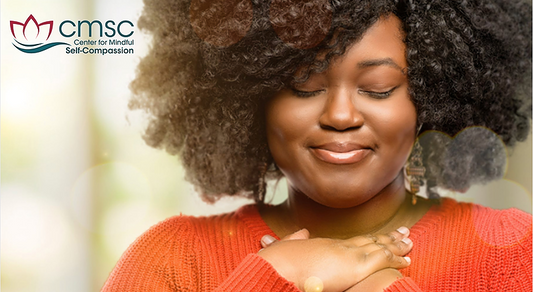When we are marinating in the hormone cocktail of serotonin, norepinephrine, and dopamine which fuel the early infatuation stage of relationship, we are experiencing the very real effects of the “most addictive substance on earth.
1” We are easily swept away on the resulting effects of joy and well being. Meanwhile, our new partner’s less-than-pleasant qualities go blissfully undetected.
What’s really going on?
In looking at this a bit more closely, we see that our partner is actually attracted to their own projection of us. They aren’t seeing us any more clearly than we’re seeing them.The cocktail doesn’t last forever, and when eventually it wears off, we begin to see our partner more clearly. We notice now the parts that we are not so fond of.
In fact, we can begin to feel we may have made a mistake. Our person is no longer making us happy. And on top of it all, they actually have qualities we dislike!
… That awful way they scrape their teeth with their fork when they eat.
… Their chronic lateness.
… Their frustrating habit of leaving their breakfast dishes in the sink.
Yikes!
This can lead to a certain disillusionment in relationships. The negativity bias kicks in and our field of vision narrows to what we don’t like in our partner. Sometimes we even launch a campaign to change them. Their good qualities are still there, but we no longer see them in the midst of our disappointment.
When self-compassion kicks in
In the best case scenario, our self-compassion practice kicks in when we notice aspects of our partner we don’t like. We begin to comfort and soothe ourselves and we realize we can actually meet our own needs.Then from this place of feeling comforted and soothed, a certain equanimity can arise. We can now, perhaps for the first time, see our partner more clearly.
The parts of them we love, the parts we dislike, and we can begin to become curious about the parts we fail to notice. Who is this person anyway? What is deeply meaningful to them? They begin to exist for us, separate from our own liking and disliking. No longer an extension of me, we can see who they are. And beyond seeing who they are, we can accept and love them just as they are. Being loved for who we are — warts and all — is very different than being loved for our partner's projection of our good qualities. We don’t have to be good to be loved. An excerpt from Mary Oliver’s “Wild Geese” comes to mind here:
“You do not have to be good. You do not have to walk on your knees for a hundred miles through the desert repenting. You only have to let the soft animal of your body love what it loves. …”
Letting relational core values guide us
One way we can see our partner as they truly are is to become curious about their core values. What is it that is deeply meaningful to them? And we can also share our own core values. Then we can create a set of core relational values that really function like the rudder in a ship. The shared values keep us on course, or help us find our way back to what we are about when we discover we have drifted off course. In the Compassion for Couples program (a couples’ adaptation of MSC I created), we do such an exercise, and I love seeing the benefits that arise in couples. They report feeling connected, supported, and a sense of belonging to each other. Often there is a renewed sense of meaning and purpose.
Free audio meditation:
Lovingkindness in Times of Difficulty
from the Compassion for Couples program
(Please choose standard or customized lovingkindness phrases before beginning.)
🎧 Listen now. (16 min.)
Connecting through joy
One of the benefits is that when we know and support our partner’s core values, we can share their joy in anything that happens that is in alignment with their values. It is an opportunity to celebrate. Their joy becomes our joy. Maybe they value freedom and they get a chance to go skydiving and they feel truly free. We can celebrate that they had the experience of freedom and take joy in knowing that our loved one is truly happy. And our partner doesn’t have to choose between being connected and being free. To be celebrated even when pursuing the value of freedom, for example, is beautiful. At the same time, if the other partner values connection, then the celebration together of the joy of skydiving becomes an opportunity for connection. And the gratitude the skydiving partner feels and expresses toward their partner for supporting them also feeds the connection that the other partner desires. When we can truly see each other and support what is deeply meaningful to each other, each partner, and the relationship itself, is strengthened. The natural result is joy.
And who wouldn’t like more of that?
1Fisher, Helen. (July 15, 2008). The Brain in Love




